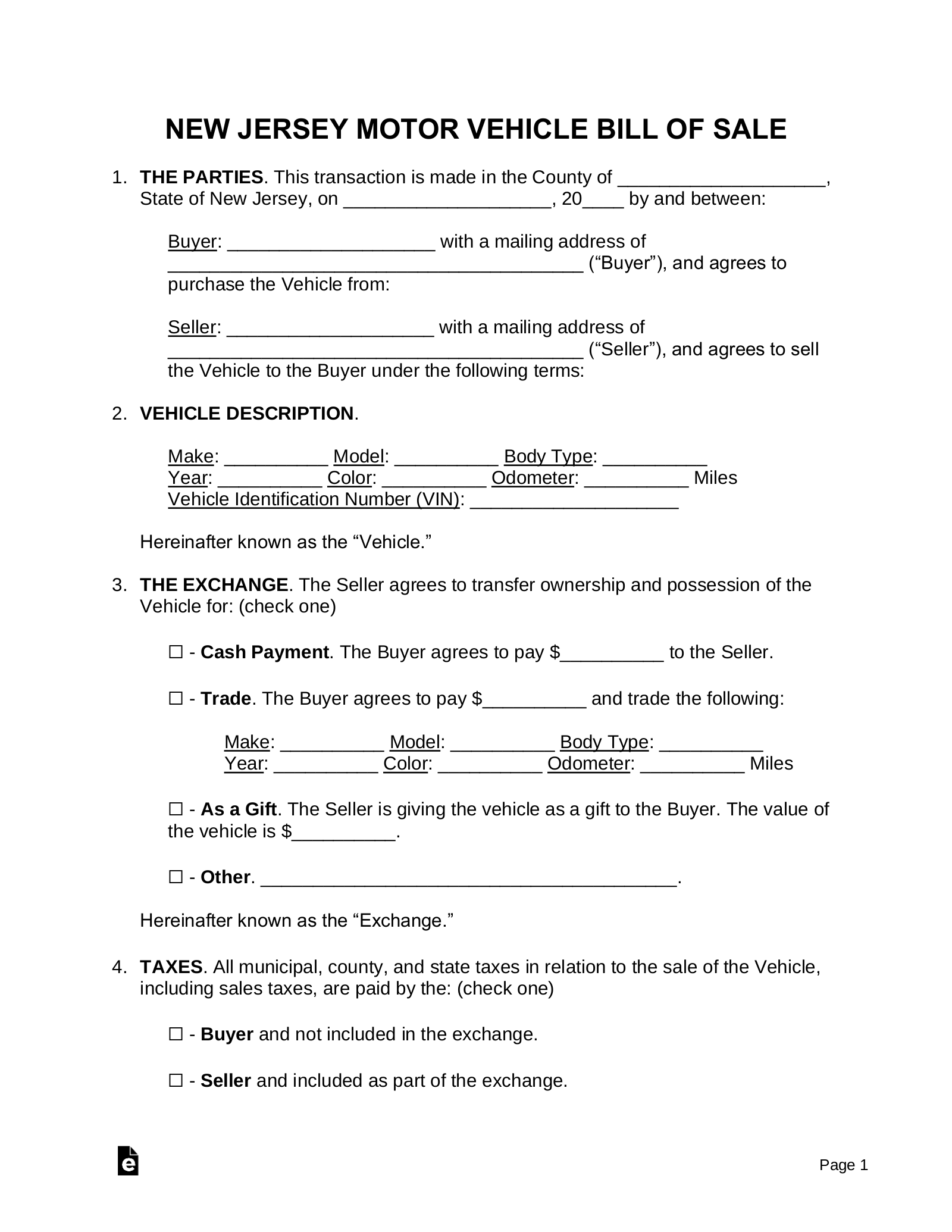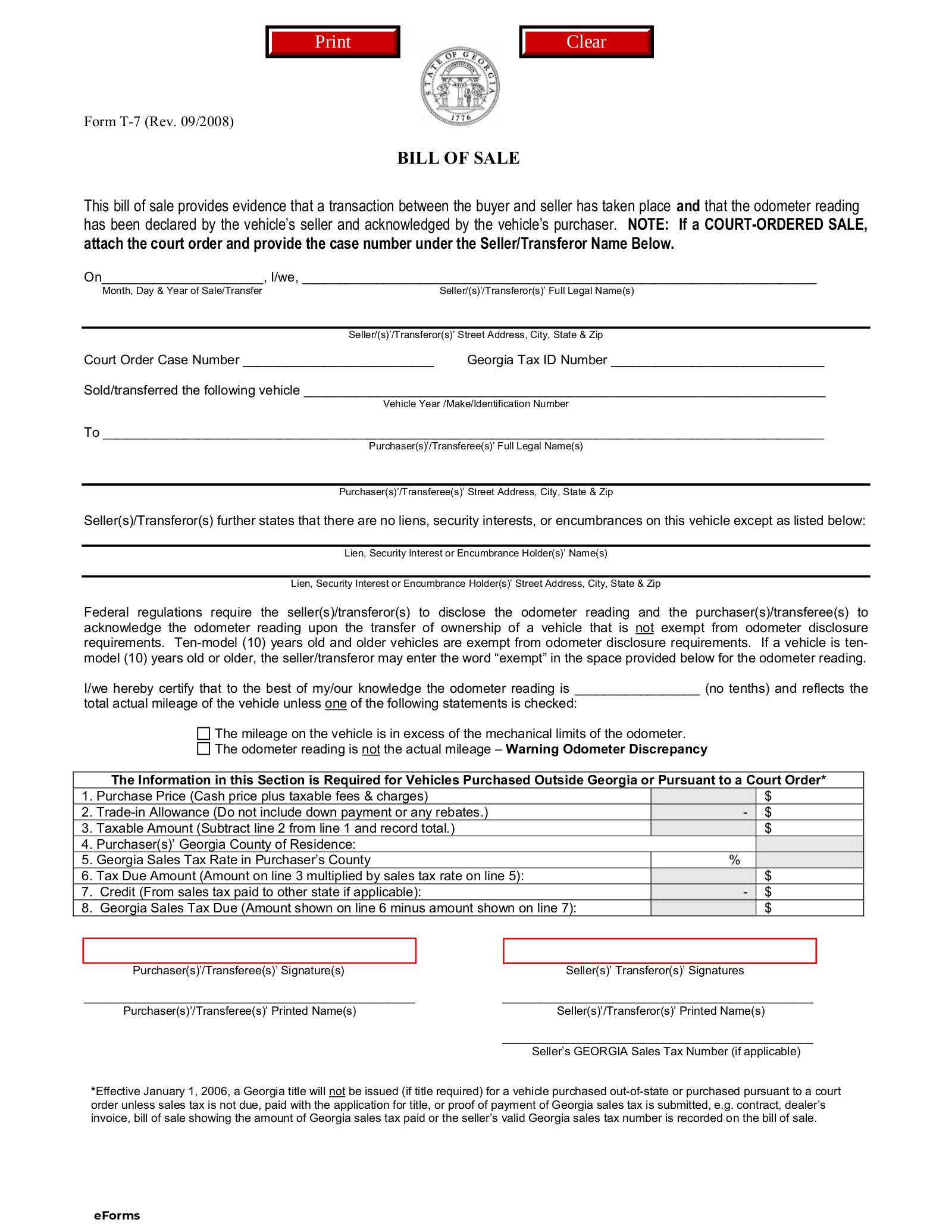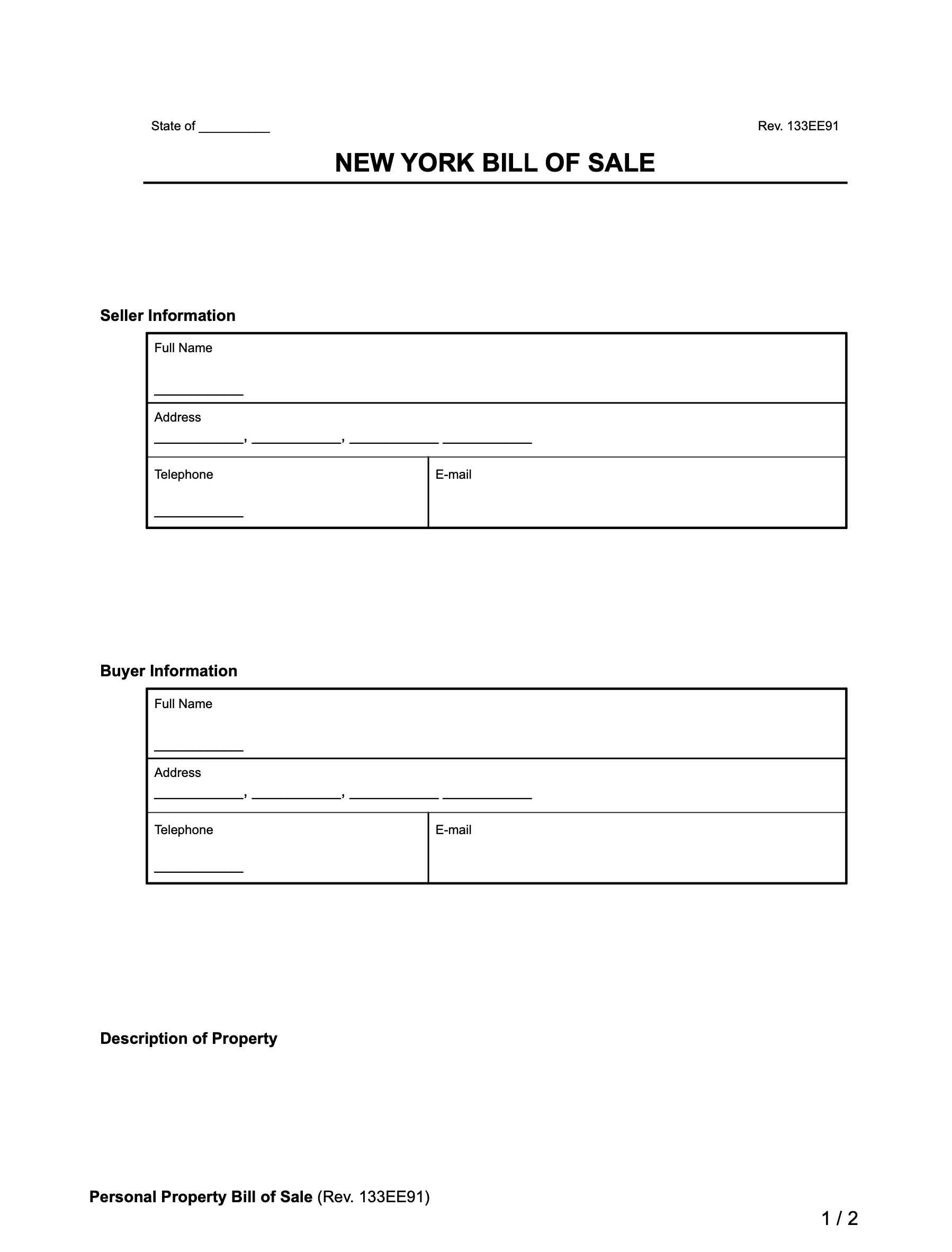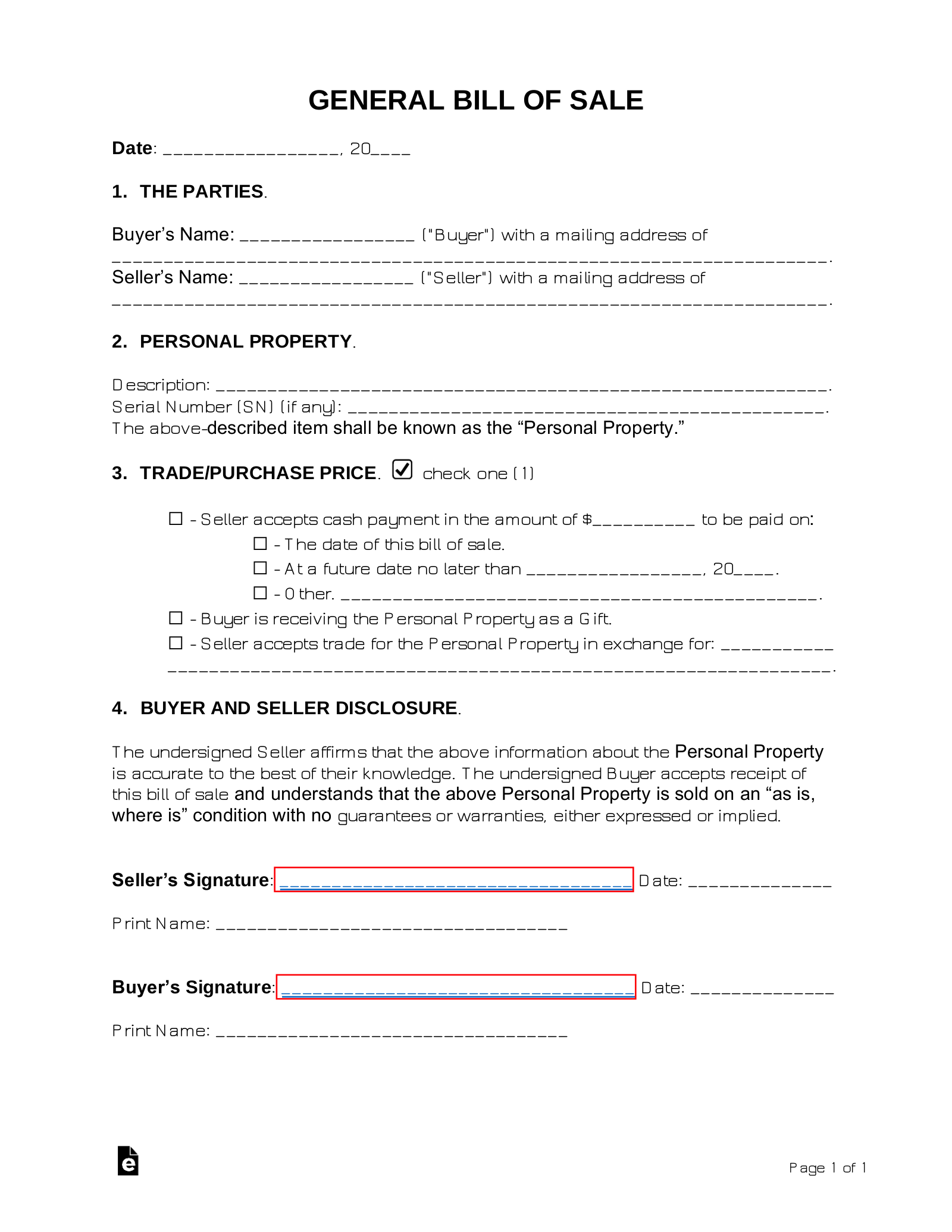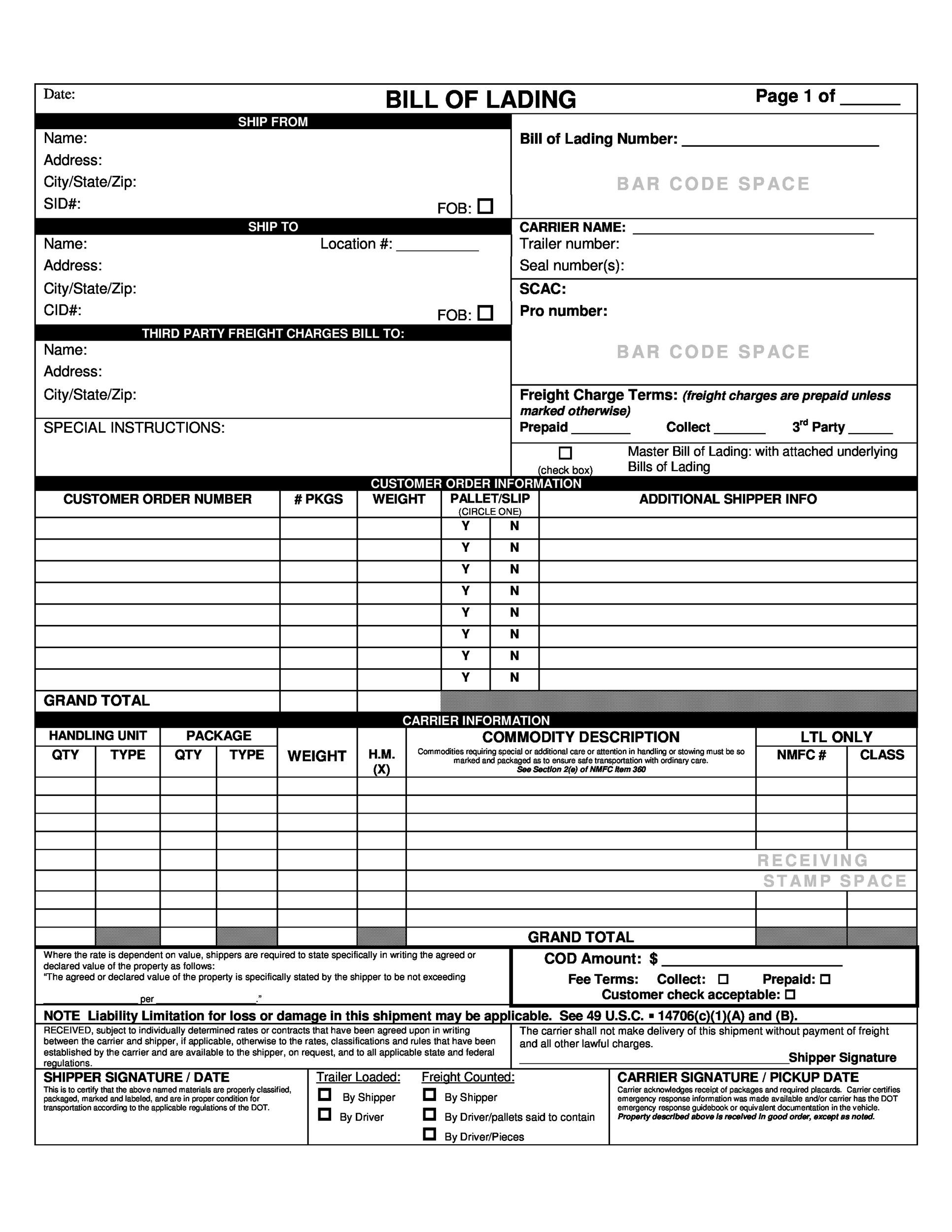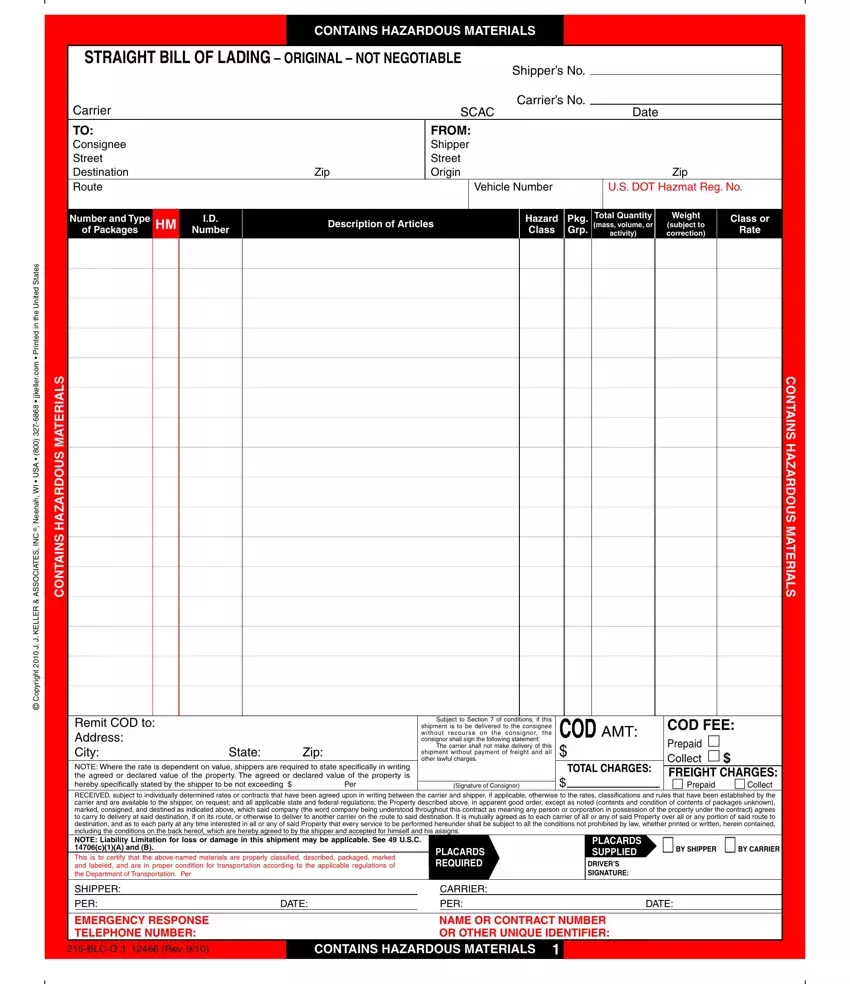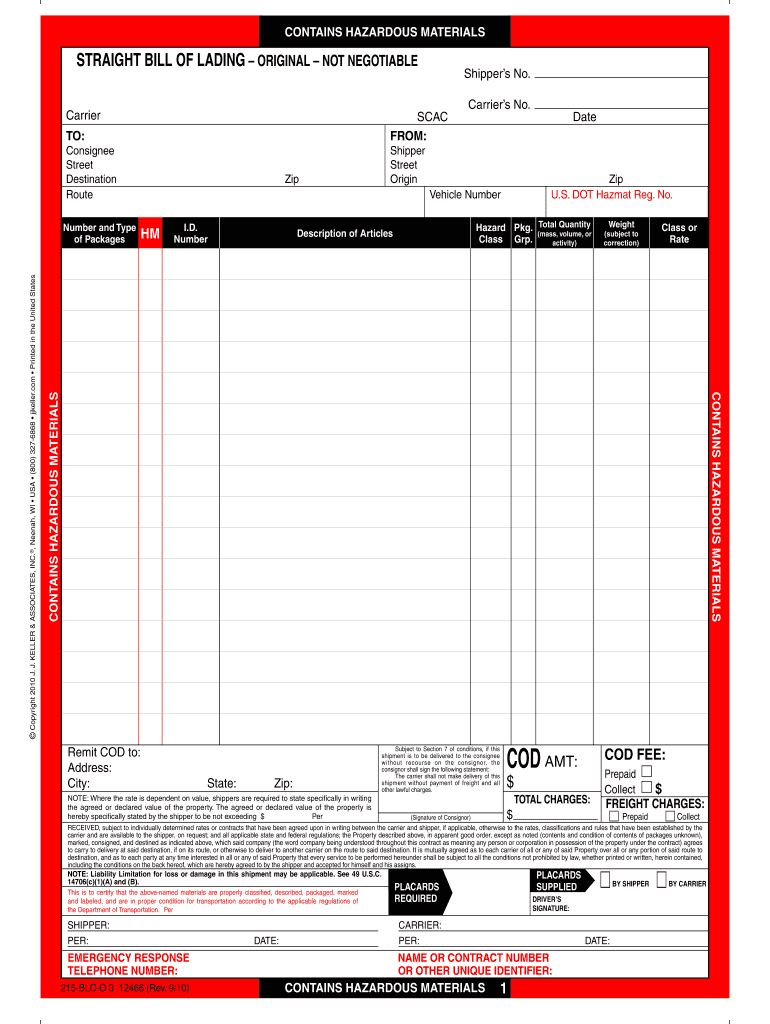NJ Bill of Sale Template
Dealing with transactions that involve selling or buying personal property in New Jersey can sometimes feel like navigating a maze. Whether you’re upgrading your car, selling a boat, or simply offloading some old furniture, ensuring a smooth and legally sound exchange is paramount. This is where a robust and reliable document comes into play, providing … Read more
